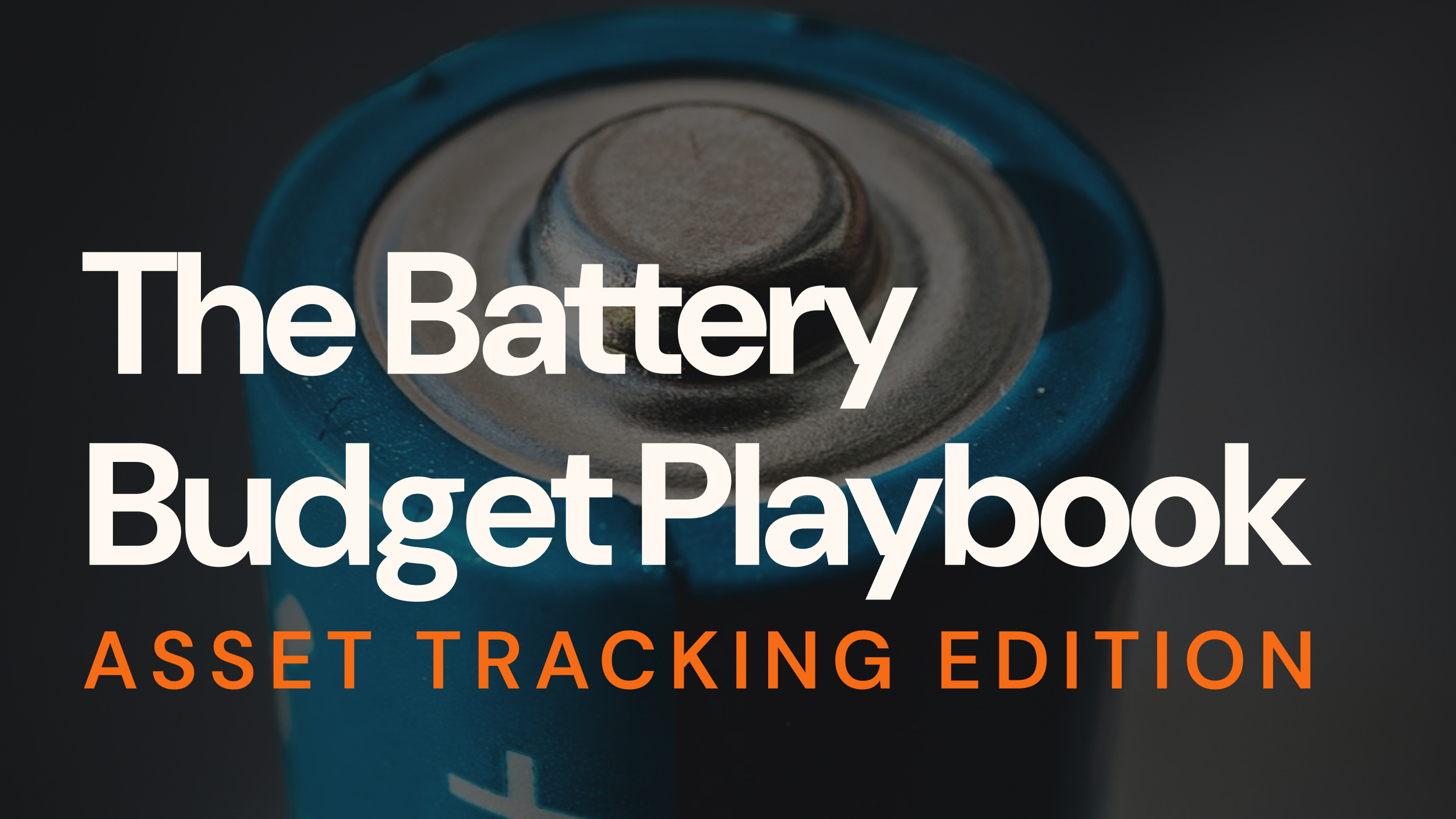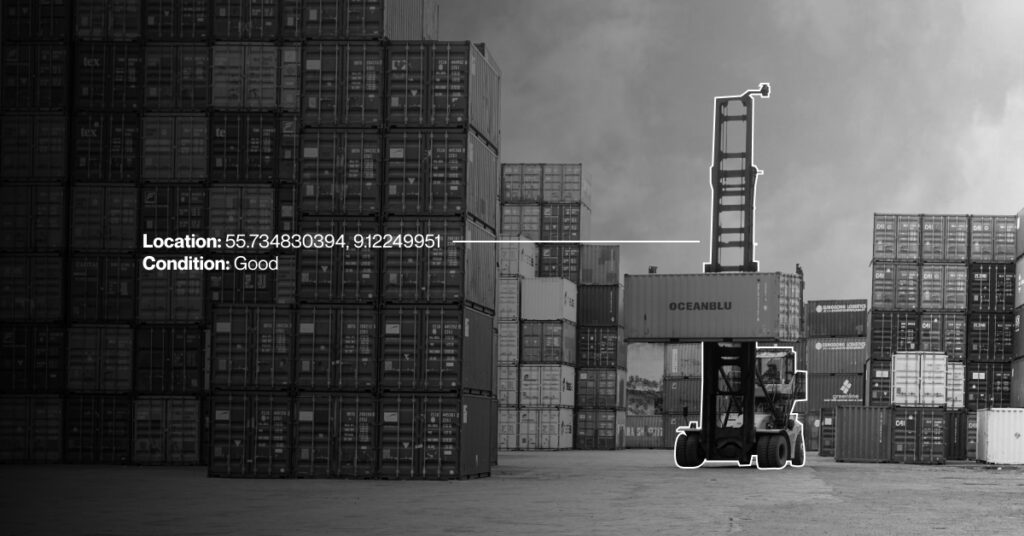Due to the depletion of finite natural resources and the shrinking of agricultural lands, it has become necessary to enhance the yield of farms across the globe. There has also been a decline in the manual agricultural workforce because of the changing trends in the farming industry.
To overcome these issues, more and more countries are now adopting IoT-based agricultural solutions to improve farming practices. IoT agriculture solutions can improve the overall agriculture system through precision farming, remote sensing, smart irrigation, and crop inspection using unmanned aerial vehicles (UAVs).
What is Agrotech?
Agrotech refers to the use of technology in agriculture to enhance productivity. This is done by analyzing data related to agricultural activities. It requires the implementation of new technologies such as GPS and IoT sensors in agriculture. The introduction of IoT in the agriculture sector has given rise to a new concept called “Precision Agriculture“.
Precision agriculture focuses on reducing operational costs and ensuring the optimal application of resources to achieve high crop yields. IoT agriculture practices like predictive analytics and smart greenhouses can also help close the food supply-demand gap. More effective practices include livestock tracking, geofencing, and the use of agricultural drones.
What is IoT Agriculture Revolution 4.0?
Agriculture 4.0 signifies the evolution of precision agriculture, automatic harvesting, integration, and data analysis directly from the fields. In recent years, digital technologies have increasingly taken hold in every area of life, including ever-traditional agriculture.
“Agriculture 4.0 revolution” is necessary to face the challenges posed by climate change and the inevitable increase in global population over the next 30 years. Only through the correct use of IoT agriculture technologies, Big Data, and Artificial Intelligence can we increase the productivity of farms. IoT agriculture technology can also help you limit the use of valuable resources like water and electricity by making data-driven land-management decisions.
How is IoT used in agriculture?
The innovations brought by IoT agriculture technology provide real-time data, making it possible to manage agricultural lands much more efficiently.
IoT agriculture technologies like LPWAN (Low Power Wide Area Networks) help spread these new practices in hard-to-reach areas and improve overall agricultural output.
Role of Low Power Wide Area Networks
In ideal conditions, LPWAN systems allow data to be transferred from thousands of sensors and compatible IoT devices across distances of up to 1000 km. The real innovation lies in the fact that this type of system receives and sends only a certain number of data at regular intervals rather than continuously. This way, the sensors are “turned on” only when they transmit the data, consuming much less energy. This allows IoT agriculture devices to be installed much more easily and be operated by small batteries.
Understanding cellular connectivity and how to future-proof solutions is crucial for IoT success. Read our report to ensure the success of your cellular IoT solutions.
Smart farming using IoT
Smart farming involves using technologies like robotics, drones, IoT, and AI to increase the productivity of crops. For instance, more and more companies are coming up with affordable devices for farmers to be used in agricultural lands and irrigation systems. By applying IoT technologies through sensors in agriculture, crop data can be obtained that can be easily analyzed by experts in the sector without the need to physically go to farms.
IoT agriculture sensors are capable of determining the characteristics of the soil. Optical sensors detect soil humidity and assess the presence of clay or organic material. Mechanical sensors, such as tensiometers, can detect the effort employed by the roots in absorbing water. The electronic sensors can detect the presence of specific ions in the soil and provide real-time monitoring of soil nitrate concentrations.
All these sensors, if correctly connected to adequate infrastructure, can generate a large amount of data on which to carry out real-time monitoring and visualization activities. This data can be accessed via smartphone. The sensors can also help with activities such as Predictive Analytics and Data Mining, allowing farmers to analyze the health of their farms digitally.
What is the future of IoT in agriculture?
The main challenge of using IoT technology in agriculture is substantially linked to the cost of the sensors and the lack of a network infrastructure that allows connection between them. Further, the use of technology is infrequent on farms. Due to their costs and the technical expertise required to use it, there is an underlying reluctance to incorporate technology into agricultural operations. IoT devices also require frequent updates to overcome shortcomings, such as glitches or errors.
In the future, IoT applications in agriculture could be game changers. For example, IoT sensors could be used on agricultural lands to control the entry points or allow farmers to communicate with advisors for suggestions and guidance on required operations. To ensure that the IoT is effectively used, it will be necessary to make sensors affordable and equip farmers with relevant technologies that can improve productivity.
In the case of arable land use, IoT sensors can monitor the moisture content of the soil. This helps farmers decide whether or not to irrigate the land and to choose irrigation locations based on the needs of the crops present. In the same way, they can provide information on the eventuality that disease is about to spread in the soil. This information is provided at the exact point of propagation, allowing farmers to intervene promptly.
For many companies, the benefits of IoT justify its implementation. Today, many examples of successful IoT applications exist in almost all industries, such as healthcare, robotics, aviation, warehousing, and mining. Thanks to such IoT innovations, it is also possible to improve crop yield by analyzing their sustainability and impact on the environment.
Key takeaways
Thanks to IoT agriculture devices, it is possible for you to monitor the health state of soil, crops, or livestock in real time. Subsequently, thanks to the data obtained, it is possible to implement AI solutions capable of optimizing the activities of sowing, irrigation, storage, and increasing general productivity in agricultural lands.
Due to continuous monitoring of crops and livestock, it is possible to significantly mitigate the risks associated with the parameters measured and thereby improve risk management. IoT companies like Onomondo are constantly working towards making the technology affordable and integrating smart solutions for the agricultural and food sectors.






